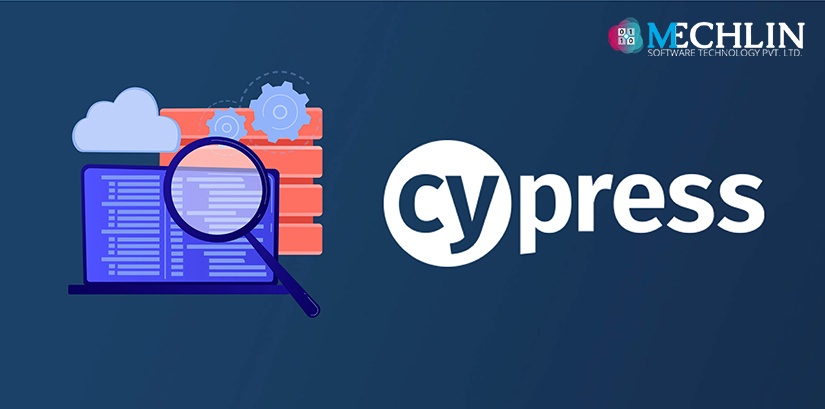Benefits of using Cypress in Test Automation

What is Cypress?
What are the advantages of using Cypress in test automation, though?
What sets it apart from other tools?
As compared to the other tool Selenium, Cypress varies both fundamentally and architecturally.
QA developers can create unit tests, integration tests, and end-to-end tests by making usage of Cypress.
Frontend developers have begun developing test cases using the agile methodology. JavaScript is a popular frontend programming language. The fact that Cypress is entirely built on JavaScript demonstrates how this tool was created with frontend developers in mind. As a result, before getting started with Cypress testing, one must be familiar with JavaScript.
Testers may now do Test-Driven Development (TDD) with complete end-to-end testing thanks to architectural enhancements in Cypress. Furthermore, Cypress was created to make development and testing run in parallel.
Advantages
2.Unlike Selenium, there is no need to include explicit or implicit wait commands in test scripts. Instead, Cypress waits for orders and assertions automatically.
3. Developers and QAs can use Spies, Stubs, and Clocks to check and manage the behaviour of server responses, functions, and timers.
4. Before taking any action, the automated scrolling ensures that an element is visible (for example, Clicking on a button)
5. Previously, Cypress only allowed Chrome testing. But now, it supports Firefox and Edge browsers too.
6. Cypress executes commands in real-time as they are written by the programmer, delivering visual feedback as they run.
Cypress comes with a wealth of documentation.

How is it considered a modern tool?
Other automation tools are less universal than Cypress. It uses Node.js to run in the browser. As a result, it’s quick and dependable for evaluating practically any website. As a result, if you wish to test applications built-in, such as the latest React, Angular, Vue, Elm, and so on, it’s a perfect alternative. Because the test code in Cypress is executed within the browser, any language that a website is written in can be compiled to JavaScript. Unlike other testing frameworks, Cypress does not execute outside of the browser, executing network operations remotely. Instead, it employs the same run cycle as your program. It reads and alters web traffic while operating on the network layer using the built-in Node.js server. With Cypress, you can test anything that runs in a web browser. You can also implement Cypress tests to run on a mobile web view. The only limitation is the ability to test on the Chrome browser. If you would like to test your applications with a wide range of browsers, this could be a problem, but it can also be overcome by using additional tools, browser and device farms, etc.

Fast to set up
Fast to implement and debug
Cypress is a very approachable tool for experienced QA engineers, and it not only makes it easy for JS developers to start automated testing. Cypress’ Domain Specific Language is not pure JavaScript, but it is clear and intelligible, similar to the DSLs used by other testing tools. You can also utilize JavaScript to develop your methods and functions, sharing and using across the entire framework.
Debugging is also reasonably simple in Cypress. Cypress offers native access to every single item within your program, which simplifies error investigation. While the tests are running in the browser, you may use Chrome DevTools to debug your application. That’s not all, though. When a test fails, Cypress provides a clear and understandable error message and advice for improving the implementation. In addition, you can take screenshots after every test failure or at any point during a test run, allowing you to travel back in time to the state in which instructions were executed. This makes debugging extremely simple and quick.
Recent Posts
Categories
- Design (6)
- Development (26)
- Services (2)
- Technologies (9)
- Technology (4)
- Testing (10)
- Uncategorized (1)














